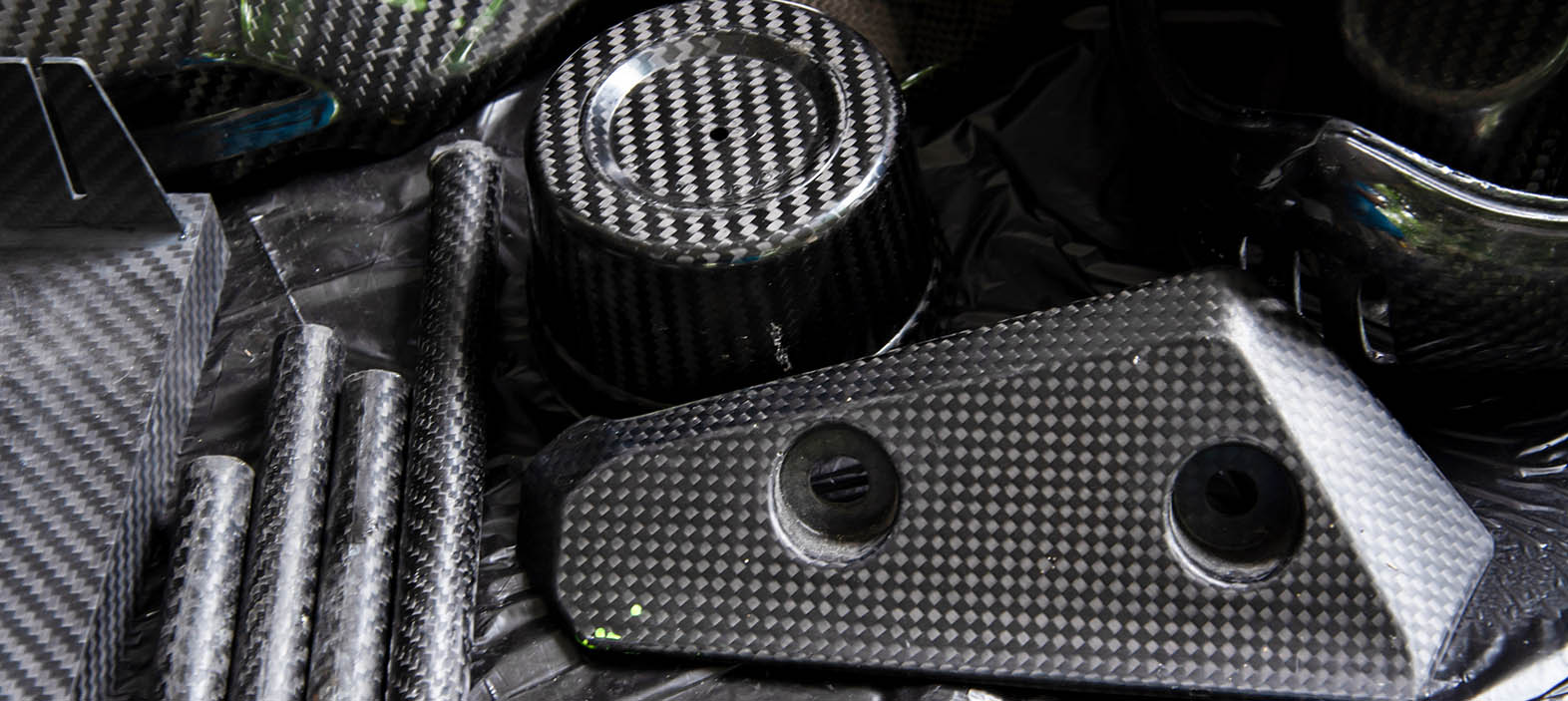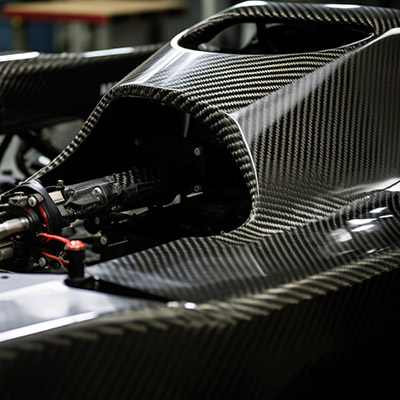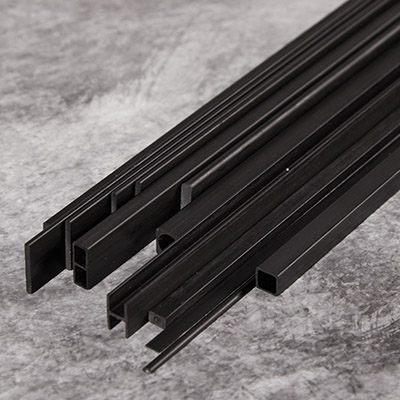
How Carbon Fiber Molds Are Made
👁 Reads: 668
Carbon fiber is well-known for its lightweight yet robust qualities, making it a popular material in various industries. The quality and accuracy of the molds used in the shaping and production of carbon fiber components are critical in efficiently using carbon fiber. This blog will explore the intriguing process of making carbon fiber molds.
Carbon Fiber Molds: Their Significance
Molds made of carbon fiber are essential to the production process. They give carbon fiber composites their shape and structure. Customizing these molds ensures the accurate replication of the intended shape and form based on the unique design and dimensions of the finished product.
A thorough understanding of materials and manufacturing processes and attention to detail are required for the multi-step process involved in creating carbon fiber molds.
Step1. Conceptualization and Modeling
Carefully designing according to the product specs is the first step in the process. Designers consider all the minute elements and dimensions when creating a virtual model of the mold using computer-aided design (CAD) software. The actual mold fabrication follows this digital model as a Blueprint.
After the design stage, materials such as foam, wood, or other suited materials are used to construct a prototype or a physical mold version. Before moving on to the next phase, this prototype provides a concrete reference for evaluating the mold's design and making the required modifications.
Step 2. Material Selection
It is crucial to choose the suitable materials for the mold. The foundation construction of the mold is often made of aluminum or fiberglass composites. These materials are strong and rigid enough to endure the manufacturing process without losing their dimensional stability. A layer of carbon fiber is put on top of this substrate to obtain the required finish and durability.
Step 3. Constructing the Mold Framework
Building the mold structure is the next phase. This is often accomplished using a blend of composite and epoxy resin materials. Considerations such as the intended application, the mold's intricacy, and the precision required in the finished product all influence the choice of materials.
Because of their strength and rigidity, composite materials—reinforced with carbon fibers or other reinforcing agents—are frequently used. Accurately maintaining its shape and form during the molding process requires the mold construction to endure the pressure and temperature conditions.
Step 4. Releasing Agent Applications
Release agents are sprayed or brushed onto the mold's surface before applying carbon fiber layers. Once the production process is complete, release agents make it easier to remove the cured carbon fiber object from the mold.
Step 5. The Layering of Carbon Fiber
Next, the carbon fiber fabric is gently placed onto the ready mold. The carbon fiber sheets are layered and oriented intelligently to attain the best strength and performance in the finished component. Each layer is carefully organized to achieve the desired structural integrity and adhere to the design standards.
Step 6. Infusion of Resin
One common method for forming carbon fiber is resin infusion. The carbon fiber layers are uniformly covered with a liquid resin, usually epoxy. When the resin cures, it penetrates the fibers, binding them together and constructing a stiff structure. This stage guarantees that the carbon fiber part will have the appropriate rigidity and strength.
Step 7. Solidification and Curing
After applying the resin, the mold is cured by placing it in an oven or other controlled environment with a specific temperature and pressure. This process produces a robust, long-lasting, lightweight carbon fiber component due to the resin solidifying and bonding with the carbon fibers.
Step 8. Demolding
The cured carbon fiber portion is carefully extracted from the mold after finishing the curing process. The mold is opened cautiously. An easy and hassle-free demolding process is ensured by using release agents early in the procedure.
Step 9. Post-Processing and Finishing
The carbon fiber component may go through more post-processing procedures after demolding. It can be needed to trim, cut, or sand to reach the exact measurements and surface finish in the design.
Step 10. Ensuring Quality
Each carbon fiber component is put through a thorough quality check to ensure it satisfies the necessary requirements. Dimensional measurements, strength tests, and visual inspections are some of these examinations. The product is approved for usage only after any deviations from the desired requirements have been resolved.
Making carbon fiber molds is labor-intensive and complex, requiring a combination of design, engineering, and craftsmanship. Gaining insight into the complex procedure of making carbon fiber molds helps us better appreciate the creativity and accuracy required to utilize this fantastic material fully.
Explore the forefront of composite innovation with NitPro Composites. As leaders in carbon fiber products manufacturing, we meticulously craft rods, tubes, sheets, and custom-molded parts tailored to your needs. With skilled artisans and in-house production, we swiftly turn concepts into prototypes through rapid prototyping and precise design consultation. Our unwavering commitment to certified quality, backed by 30+ years of expertise, ensures consistent excellence. From concept to completion, we offer comprehensive services, bringing your vision to life with the pinnacle of composite solutions. Trust NitPro Composites for a seamless journey from idea to exceptional reality.





